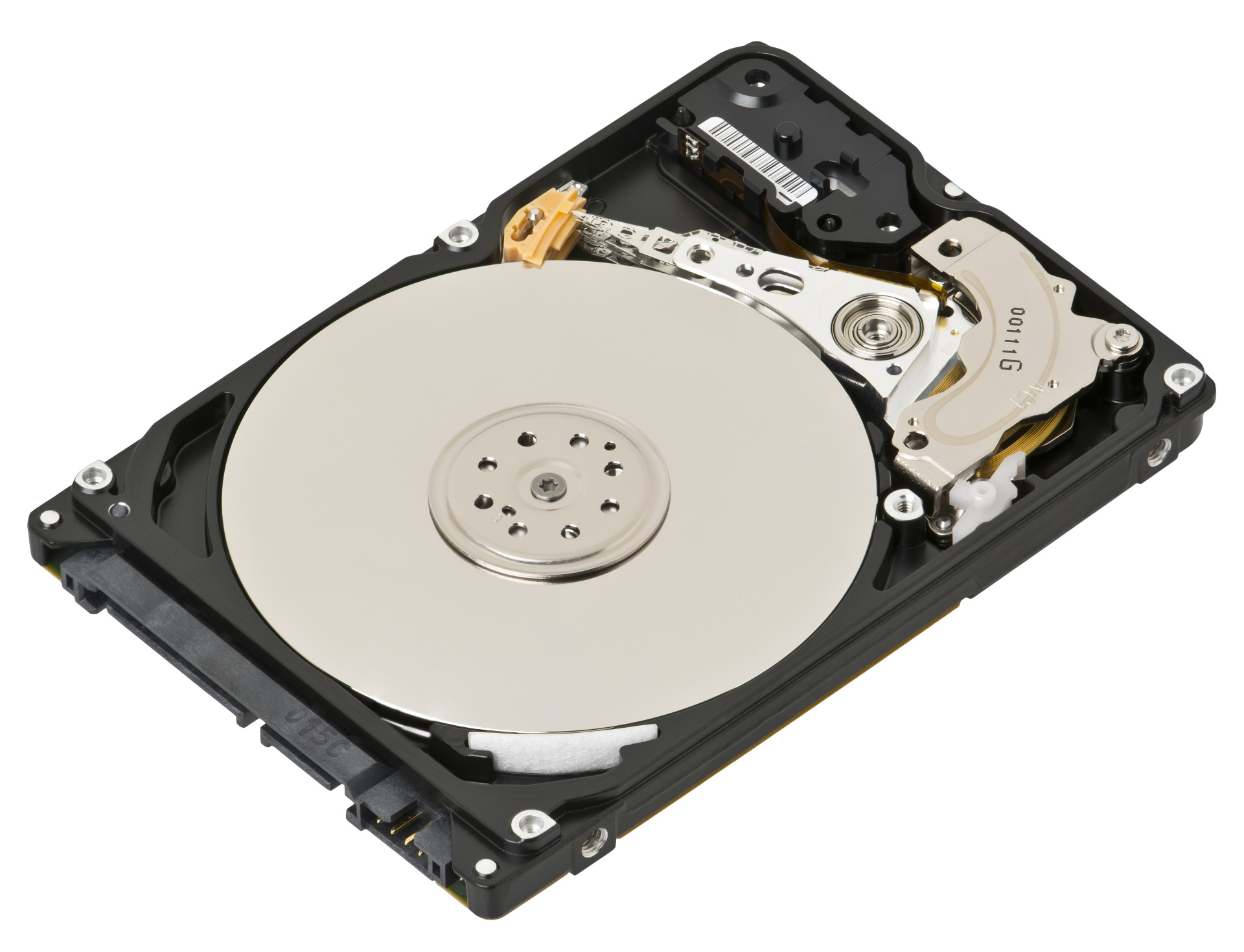Modern computer systems contain advanced file systems that allow us to store and retrieve vast amounts of data at ease. We’ve come a long way from the tape-drives and gigantic storage devices of years past. Now even the smallest computers can store tens if not hundreds of gigabytes of data on devices smaller than a fingernail.
Computers store data internally on physical devices such as the hard disk drive shown above, as well as solid state drives such as flash drives and SD cards that we’re familiar with today. That information is typically stored in the form of files, which are organized into directories or folders to make it easier to find what we are looking for.
In this chapter, we’ll dive into all of the methods we can use to create, read, and manipulate these files and directories in our programs.
-
File:Laptop-hard-drive-exposed.jpg. (2018, June 24). Wikimedia Commons, the free media repository. Retrieved 19:40, April 18, 2019 from https://commons.wikimedia.org/w/index.php?title=File:Laptop-hard-drive-exposed.jpg&oldid=307857280. ↩︎
